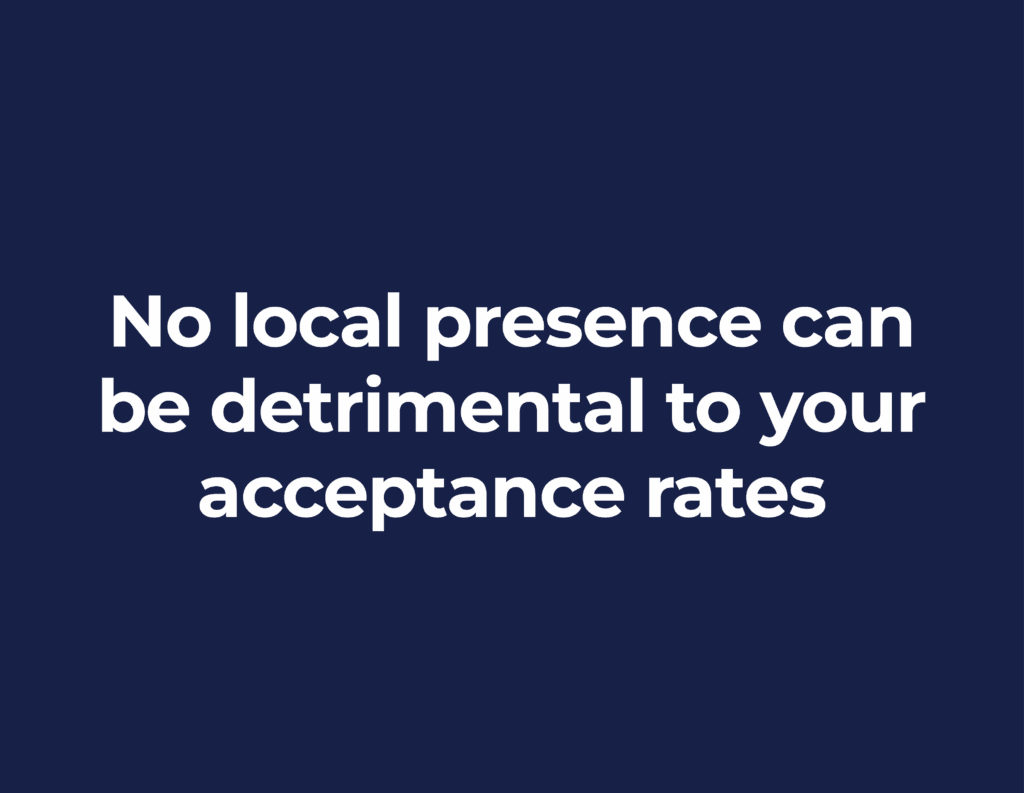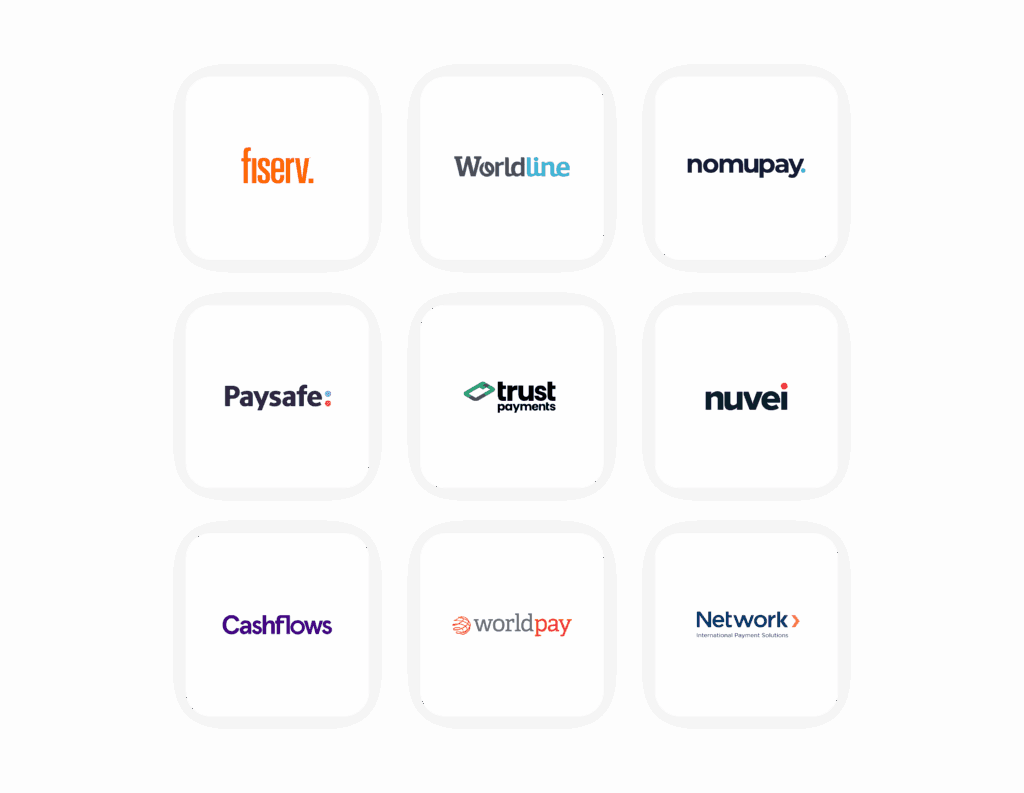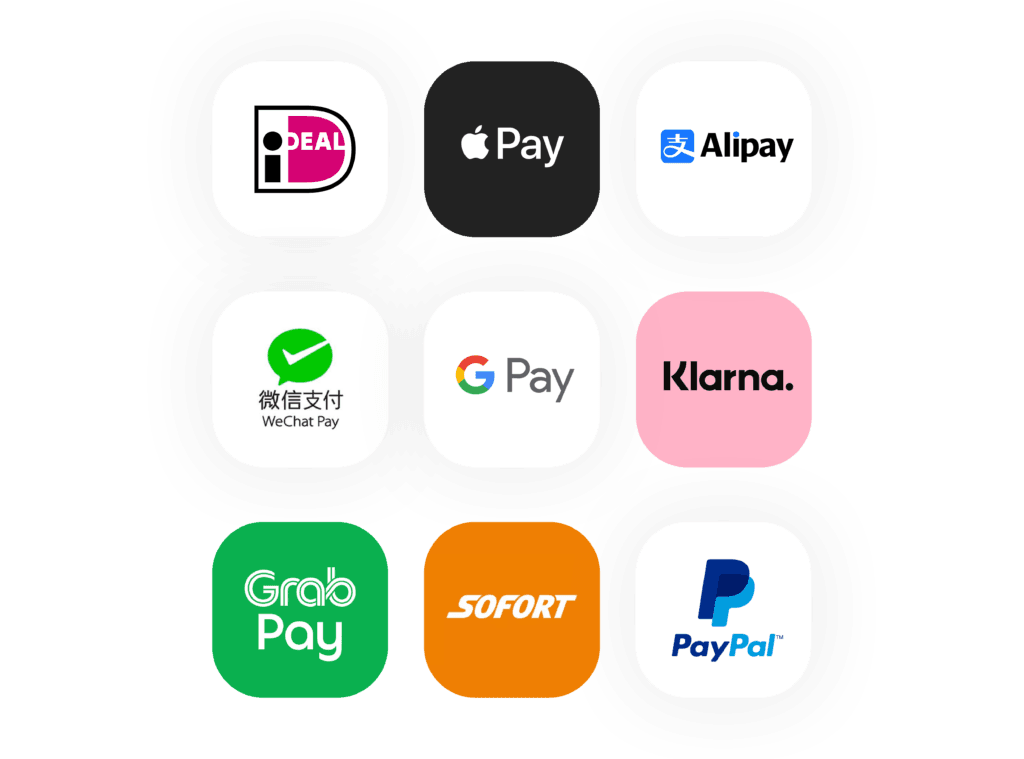
Borders are no longer an obstacle when it comes to reaching your customers, but the same can’t always be said for payments.
Whether you're a SaaS provider expanding to new markets, an e-commerce store shipping worldwide or a B2B platform enabling international transactions, navigating global payment processing can be complex and challenging without the right tools and support. But, don’t worry, that’s where we come in!
In this blog, we’ll explore the key challenges businesses face when managing international transactions, currency conversions and regional regulations. And, most importantly, how to overcome them with the right strategy, technology and processing solutions, including the right global payment gateway.
What’s in this article:
Let’s begin with the key pain points that go hand-in-hand with global payment processing:
Not all regions share the same level of maturity and reliability in their payment infrastructure. In some regions, large numbers of people are still unbanked. In others, security rules, fraud risk triggers and the systems used, like local bank rails versus global networks, can differ entirely.
These differences can make payment processing feel disjointed, leading to more failed transactions, longer settlement times and operational difficulties.

When it comes to accepting global payments, if you use international acquirers, then the transaction may get flagged or declined by the local banks. Why? Because the bank might see the transaction as suspicious or outside its usual risk parameters. Therefore, no local presence can be detrimental to your acceptance rates.
Even when the payment does go through, getting the money isn’t always instant. Settling funds across countries can take several days, and in that time, you’re often at the mercy of fluctuating exchange rates or delays from intermediary banks. On top of that, each step along the way might incur a fee.
When it comes to cross-border payments, fraud risk goes up and approval rates often go down. That’s just the reality of dealing with international transactions. Banks tend to be more cautious when they see a payment coming from another country, especially if it doesn’t align with the customer’s typical behaviour.
Two common triggers are:
Accepting payments in multiple currencies is a smart move if you’re looking to grow globally. It makes things easier for your customers and helps boost conversions. But it can bring even more challenges.
Exchange rates fluctuate constantly, and if there’s a delay between when a transaction happens and when the funds settle, that difference can quietly chip away at your margins. On top of that, some payment providers add hidden markups to their FX rates, so what looks like a standard transaction fee can actually cost more than you’d expect.
Every country has its own payment rules; ignoring them can shut your business out of lucrative markets. Here are the main regulations you need to consider:
Navigating the complexities of global payments isn’t just about understanding the challenges. It’s about finding the right systems and partner to provide the best global payment processing solutions to handle these challenges.
Here’s how Nomupay can help your business process international payments smoothly, securely and profitably with our global payment gateway:

Nomupay is licenced in multiple countries throughout Europe, MENA and Southeast Asia to provide our merchants with the local presence they need to accept global payments. On top of that, we are connected to more than 300 acquiring partners to expand our network (and yours) worldwide.
Our acquiring-agnostic gateway will dynamically route transactions through our local acquirers where possible. This improves approval rates and reduces the risk of legitimate payments being flagged or declined.
Our payment gateway provides access to more than 120 fraud tools that will help you adapt to regional risk patterns. This includes tools like dynamic 3D Secure, behavioural analytics and blocklists (e.g., IP addresses, geo-locations, email addresses, etc.) to help with detection and prevention, no matter where you’re processing payments.
We support more than 130 currencies and over 200 alternative payment methods to truly give your customers the freedom to pay how they want. No hidden fees either, our FX rates are transparent, so you’ll never be surprised.

We have local experts throughout the countries we hold licences to provide merchant support on regional regulations, local trends, licencing requirements and more.
Just because global payments increase the amount of obstacles you need to overcome, doesn’t mean you should avoid them. Expanding globally is an opportunity, but only if your payment infrastructure is built for scale, resilience and regulation. By understanding the core challenges of international transactions, currency management and compliance, all business models can deliver seamless customer experiences while protecting margins and reducing risk.
If you want to dive deeper into how a global payment gateway works or if you’re ready to integrate a payment gateway into your website, we’ve got the blogs for you.
So, are you ready to take your business global? Get a global payment gateway provider that goes beyond processing and provides regional expertise, a local presence to smart route transactions and compliance intelligence. Get in touch!